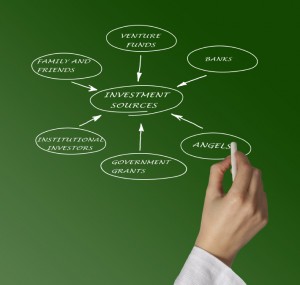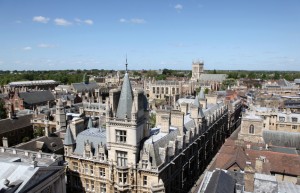 The Welsh capital is often hailed as an example of successful development and adaptation to changing demographic and economic conditions. Cardiff’s history spans more than two thousand years, when the city was nothing more than a small fort built by the Romans. How has Cardiff changed since and what are the current demographic and economic trends that prevail in the Welsh capital?
The Welsh capital is often hailed as an example of successful development and adaptation to changing demographic and economic conditions. Cardiff’s history spans more than two thousand years, when the city was nothing more than a small fort built by the Romans. How has Cardiff changed since and what are the current demographic and economic trends that prevail in the Welsh capital?
Demographics
Historians believe that Cardiff’s first inhabitants arrived during the Neolithic era from the southern Mediterranean region, most likely from Spain and Portugal. During several centuries, population growth was slow, although historical records show that by the late 13th century, Cardiff was already the most populous town in Wales, with an approximate population of 2,000 people. However, Cardiff’s true demographic explosion did not take place until the 18th century, when the city docks were built and railway lines reached the city. In the three decades between 1840 and 1870, the local population grew by 80 per cent, mostly due to the arrival of English and Irish migrants. At the turn of the 20th century, Cardiff had a permanent population of 172,000.
The city’s population reached its peak during the early 1970s, although it quickly fell into decline, not being able to recover until the mid-2000s, when several urban regeneration projects turned Cardiff into one of the most desirable locations to live in. The latest demographic data (taken from the 2011 census) show that Cardiff’s current population amounts to 346,000 people.


 As the majority of entrepreneurs know, starting up a new business entails a series of challenges that not everyone is able to rise to. These challenges include a wide range of issues, from making sure that your business practices comply with the relevant regulations to finding ways of staying ahead of your competitors. But before any of these things can happen, it is crucial to ensure that you get up on the right foot financially speaking.
As the majority of entrepreneurs know, starting up a new business entails a series of challenges that not everyone is able to rise to. These challenges include a wide range of issues, from making sure that your business practices comply with the relevant regulations to finding ways of staying ahead of your competitors. But before any of these things can happen, it is crucial to ensure that you get up on the right foot financially speaking.
 For centuries, Oxford has been internationally renowned as a centre of academic excellence. Today, Oxford’s universities still play an important role in the economic and social life of the city, but we would be wrong to assume that Oxford has nothing else to offer to both residents and visitors. Today, the city is a modern urban centre with an increasingly diverse economic base and an equally diverse demographic profile. In this article we take a closer look to the latest trends observed in Oxford in terms demography, economy, and its industrial sector.
For centuries, Oxford has been internationally renowned as a centre of academic excellence. Today, Oxford’s universities still play an important role in the economic and social life of the city, but we would be wrong to assume that Oxford has nothing else to offer to both residents and visitors. Today, the city is a modern urban centre with an increasingly diverse economic base and an equally diverse demographic profile. In this article we take a closer look to the latest trends observed in Oxford in terms demography, economy, and its industrial sector.
 The city of Bradford has been firmly positioned in the international map for a couple of centuries. Bradford was among the first British cities to be transformed by the industrialisation process, and became known around the world as an international wool capital. Much has changed in Bradford since those days, as textile manufacturing has largely been replaced by a thriving and diverse economy that has attracted people from many parts of the UK and the world. In this article of our series “The Changing Face of Britain’s Cities”, we take a detailed look at Bradford’s population and its economy.
The city of Bradford has been firmly positioned in the international map for a couple of centuries. Bradford was among the first British cities to be transformed by the industrialisation process, and became known around the world as an international wool capital. Much has changed in Bradford since those days, as textile manufacturing has largely been replaced by a thriving and diverse economy that has attracted people from many parts of the UK and the world. In this article of our series “The Changing Face of Britain’s Cities”, we take a detailed look at Bradford’s population and its economy.
 The city of Leeds has been an important economic and transportation centre since the 17th century. Over the years, Leeds has emerged as one of the most important urban centres in Yorkshire, and consequently, this has brought about demographic, industrial, and economic changes that have modified the face of the city. Continue reading for a detailed overview of the latest information concerning demographic, economic, and industrial trends in this West Yorkshire city.
The city of Leeds has been an important economic and transportation centre since the 17th century. Over the years, Leeds has emerged as one of the most important urban centres in Yorkshire, and consequently, this has brought about demographic, industrial, and economic changes that have modified the face of the city. Continue reading for a detailed overview of the latest information concerning demographic, economic, and industrial trends in this West Yorkshire city.